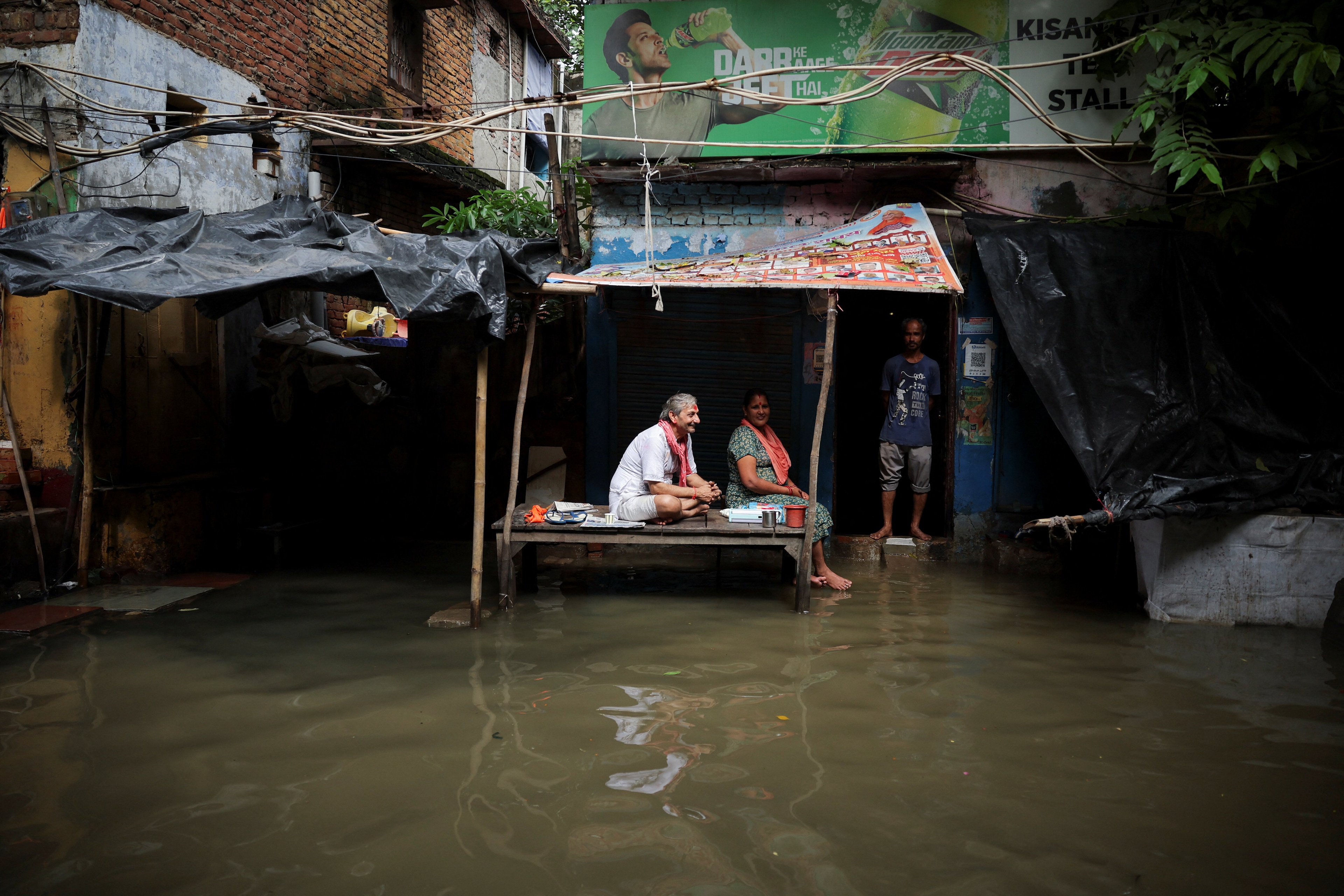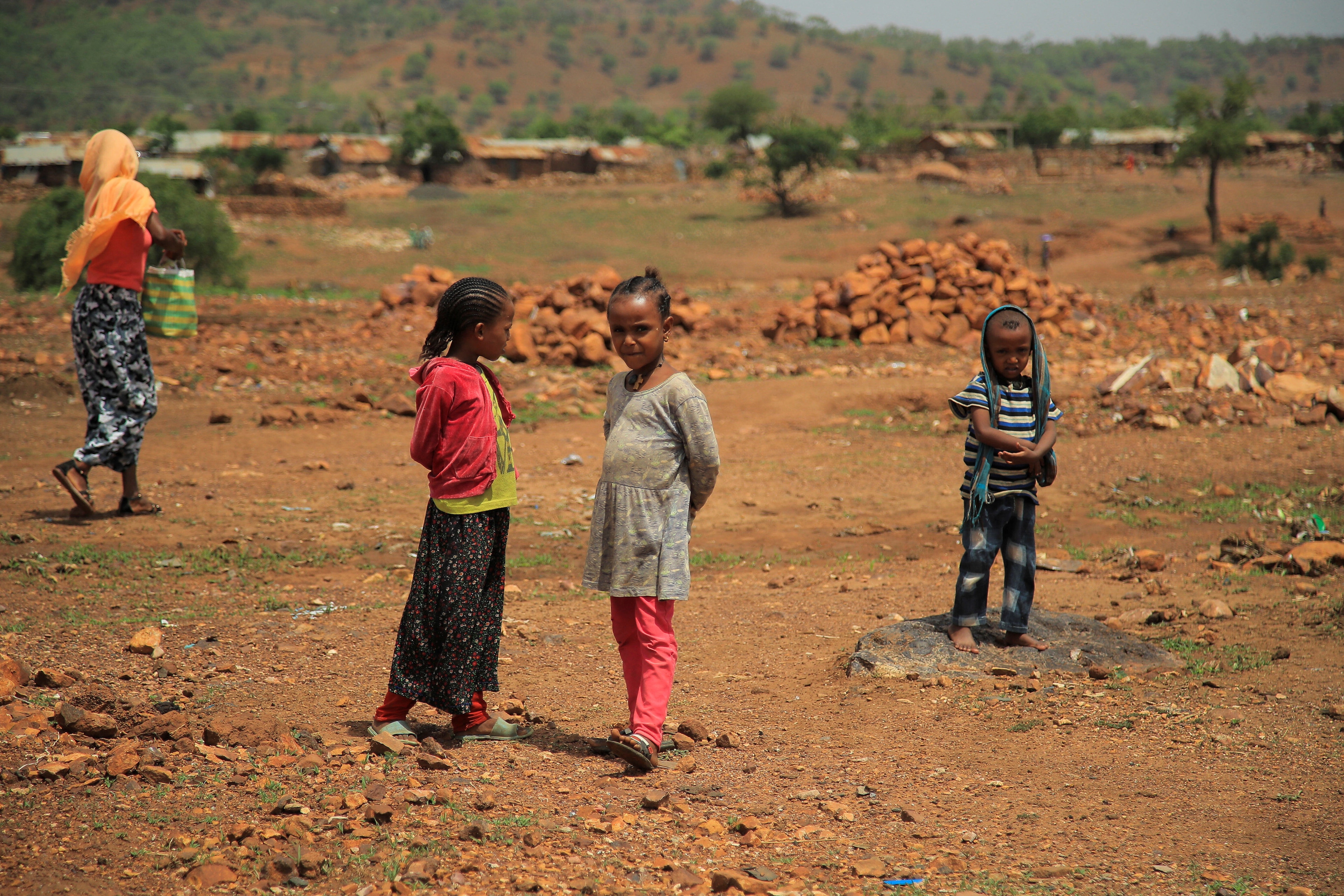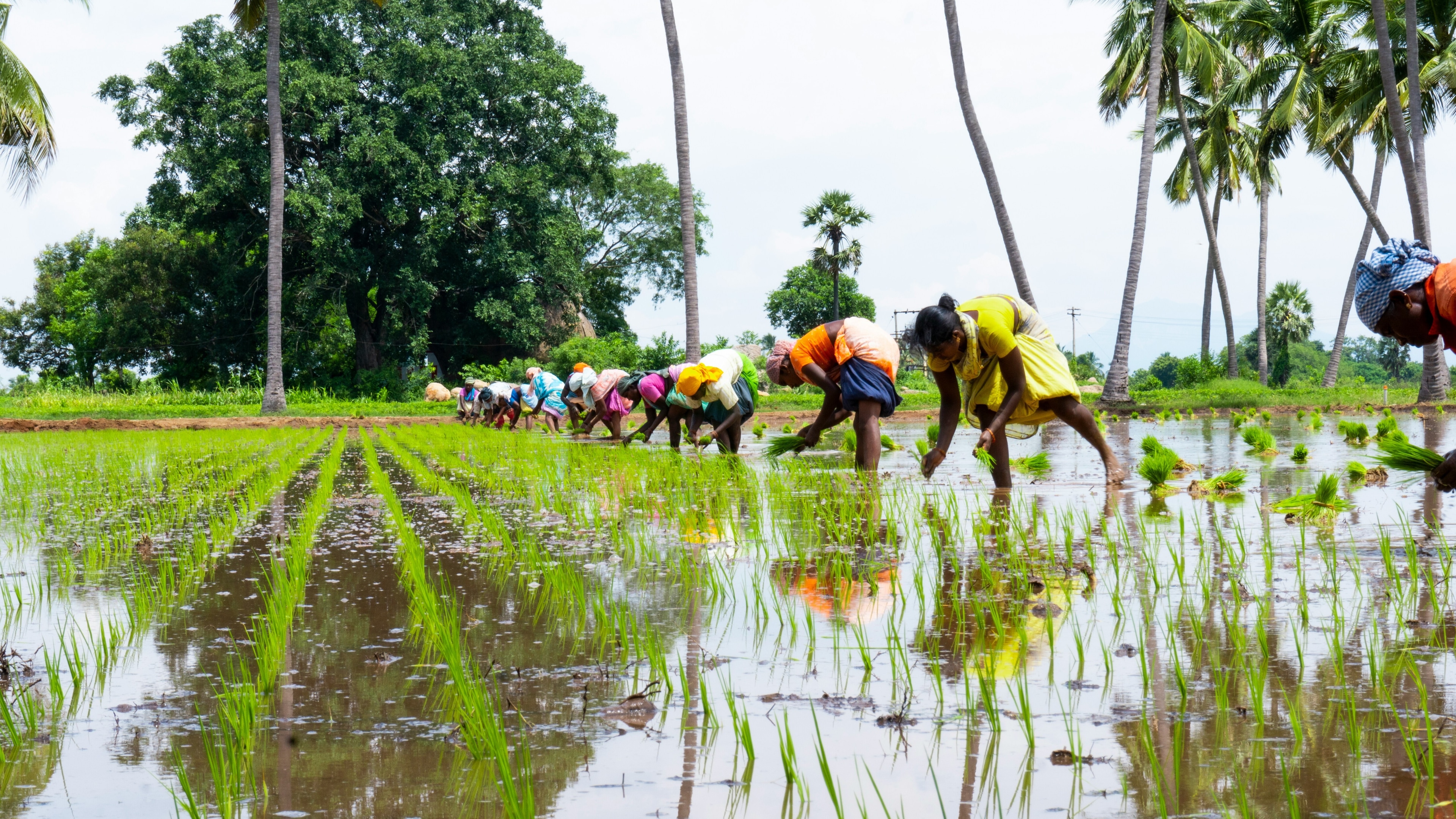Why it's time to bring refugees out of the statistical shadows

Some of the world's most vulnerable people are invisible to policy-makers. Image: UN Photo/David Ohana
- The COVID-19 pandemic has compounded the challenges faced by the world’s refugees, internally displaced and stateless people.
- A lack of or gaps in data limit our ability to accurately measure poverty, the impact of crises and that of policy shocks on these populations and the communities hosting them.
- Investing in better data will allow us to move from short-term responses to humanitarian emergencies, to longer-term development support.
In 2016, Daniel and his family fled the civil war in South Sudan and arrived in Uganda. Four years later, their precarious existence as refugees was worsened by the COVID-19 pandemic: as well as the threat to health, the country’s response to the outbreak led to closed schools and large-scale job losses.
That much we know. We also know that Daniel’s father tried to marry off his school-age sister to a much older man residing in the West to raise money to support his family. Many of his sister’s friends faced an increase in sexual abuse and violence after losing the protection afforded to them by going to school. Daniel shared his experience with me directly from Juba, South Sudan’s capital, and I know his story is not unique.
From employment to food security, health, education and equality, we know the pandemic has compounded the challenges faced by the world’s refugees, internally displaced (IDPs) and stateless people. It has often had more consequences for these people than for the communities that host them. Tired of fruitless job-hunting, Daniel eventually returned to Juba to seek work, despite anxiety over his family’s well-being.
But there is a vast amount that we do not know about Daniel or the 82.4 million forcibly displaced people across the world – including detailed information about the impact of COVID-19 on them and their communities. Our understanding of how they are faring is incomplete because most often they are not included in the official statistics.

Collecting meaningful socioeconomic data on this group is made significantly harder because there are big knowledge gaps in countries that produce or host large populations of displaced people. About 86% of the world’s refugees are hosted in low- and middle-income countries, with 27% of them located in the least developed. National statistical systems in such states are often weak, limiting our ability to accurately measure poverty and the impact of crises and policy shocks.
This renders some of the world’s most vulnerable people invisible to the policy-makers who need to design and deliver programmes to support them. It also makes it difficult to track progress on the Sustainable Development Goals, the benchmarks for global progress towards peace and prosperity by 2030. These are crucial objectives – but you can’t manage what you can’t measure.
We are not entirely in the dark. In a recent report, Answering the Call: forcibly displaced during the pandemic, we at the Joint Data Center on Forced Displacement (JDC), in close collaboration with World Bank and UNHCR colleagues, outline the socio-economic consequences of COVID-19 on displaced populations, using data from simulations and scenarios developed by researchers. We also present the results of phone surveys covering eight country-level data collection exercises, based on some 90,000 interviews.
These surveys tell us that the displaced have suffered serious setbacks in accessing healthcare and food security, and sometimes severe losses in employment and income.
For example, according to updated figures, poverty rates have increased dramatically for both Syrian refugees and their Lebanese hosts. In 2021, up to 1 million additional Syrian refugees and 1.5 million Lebanese people are expected to fall below the international poverty line ($5.50 per day/per person). In Djibouti, for instance, 80% of refugee households rely on humanitarian aid, compared to only 4% of their hosts.
With many refugees working in low-skilled jobs in the informal sector, COVID-19 and other factors have made well-paid, reliable work hard to come by. As a result, many have lost their primary source of income and are increasingly reliant on assistance. What’s more, millions of people living in refugee camps who depend on international assistance and remittances (money sent from friends and family abroad) are in dire straits since both these sources of support have decreased.
Health care is another critical concern. As of September 2021, 160 countries have made commitments to include forcibly displaced people in their national vaccination responses. But the inequitable distribution of vaccines does not allow many low- and middle-income refugee-hosting states to start vaccinating them to any significant degree. Surveys in Chad, Djibouti, Ethiopia and Iraq suggest that displaced people are willing to be vaccinated against COVID-19 – often more so than their hosts – but many are worried about the cost. In Yemen, a gradual improvement in access to healthcare up to March 2019 – despite the humanitarian disaster there – has been wiped out by the onset of the pandemic.
Last but not least, pandemic-related restrictions on movement meant that nearly 100 countries closed their borders in Spring 2020. At present, nearly 60 countries still have these closures in place, depriving many refugees of the chance to seek shelter and protection as is their right under international law. Making their journeys more unpredictable and dangerous means it becomes even harder to gather crucial data and provide them with the protection and services they need.
In today’s world, we hear many people extolling the transformational power of big data. Yet when it comes to millions of vulnerable people living in regions affected by conflict, poverty and climate change, we are a long way from collecting the information we need to respond to their needs effectively.
Including refugees into national systems – rather than treating them as separate populations with lesser rights – would resolve many challenges around data collection, analysis and use. States and multilateral organizations, including the World Bank and UN agencies, must also ensure that national data systems have the capacity to monitor refugees, IDPs and the stateless if they are to contribute to planning and preparedness.
Furthermore, millions of refugees and IDPs will be unable to return home for months or even years. Without investing in better data, we cannot move decisively from short-term responses to humanitarian emergencies to longer-term development support for displaced people and their hosts alike.
The experience of refugees like Daniel illustrates the challenges they face and should motivate us to act. To build brighter futures, we must bring them out of the statistical darkness.
Don't miss any update on this topic
Create a free account and access your personalized content collection with our latest publications and analyses.
License and Republishing
World Economic Forum articles may be republished in accordance with the Creative Commons Attribution-NonCommercial-NoDerivatives 4.0 International Public License, and in accordance with our Terms of Use.
The views expressed in this article are those of the author alone and not the World Economic Forum.
Stay up to date:
Data Science
Related topics:
Forum Stories newsletter
Bringing you weekly curated insights and analysis on the global issues that matter.
More on Resilience, Peace and SecuritySee all
Shoko Noda and Kamal Kishore
October 9, 2025








